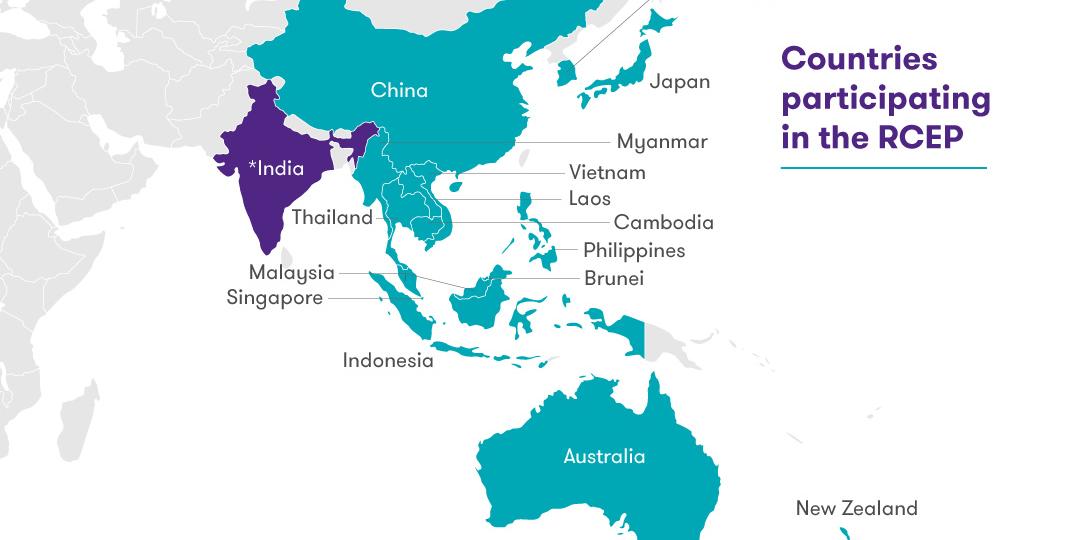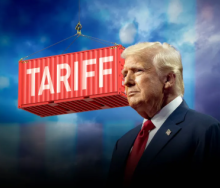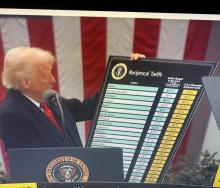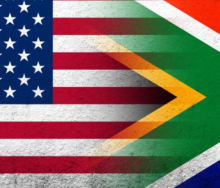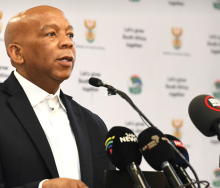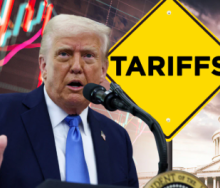Progressive multi-lateral benefits around rules of origin, the scrapping of tariffs over a 20-year period, and provisions on intellectual property, telecommunications, financial services, e-commerce and professional services are cited as some of the key benefits of the world’s biggest trade pact signed into life yesterday.
The Regional Comprehensive Economic Partnership (RCEP) marks the culmination of eight years of multi-lateral negotiation, and heralds the formation of a trade bloc representing roughly one third of the world’s population, or 29% of the global GDP.
The RCEP, which was agreed to during a summit by the 10 member countries of the Association of South-East Asian Nations (Asean), also includes China, Japan, South Korea, Australia, and New Zealand.
The Asean partners are Brunei, Cambodia, Indonesia, Laos, Malaysia, Myanmar, Philippines, Singapore, Thailand and Vietnam.
Although the United States was mooted as a potential primary economic partner of the RCEP alongside China back in 2017, outgoing American President Donald Trump made his intentions clear when he led the States out of the existing Trans-Pacific Partnership (TPP).
Shortly thereafter he also embarked on a tariff crusade against China, but with Trump set to depart the White House by 20 January 2021 – possibly even by way of eviction – America’s omission from the RCEP could very well be remedied.
Although the RCEP’s tariff-slashing intent pales in comparison with that of TPP, even detractors of the new pact agree that its sheer multi-lateral bulk could well overshadow the existing partnership made up of Australia, Brunei, Canada, Chile, Japan, Malaysia, Mexico, New Zealand, Peru, Singapore and Vietnam.
Had America not left the TPP it would still be the world’s biggest trade bloc in terms of combined GDP.
The RCEP also had India as a strong proposition at one stage, but protectionism over domestic trade interests led to the sub-continent opting out of RCEP negotiations.
And although a lot of concern was raised over China’s economic dominance and policies related to matters such an intellectual property, an issue that was central to Trump’s tariff impositions over the treatment by Beijing of America companies, the new partnership’s multi-lateral agreements appear to have been thoroughly thrashed out.
The rules of origin, in particular, have been touted as a major benefit of the RCEP.
BBC Singapore correspondent Tim McDonald reports that “a product made in Indonesia that contains Australian parts, for example, might face tariffs elsewhere in the Asean free-trade zone.
“Under RCEP, parts from any member nation would be treated equally, which might give companies in RCEP countries an incentive to look within the trade region for suppliers.”
